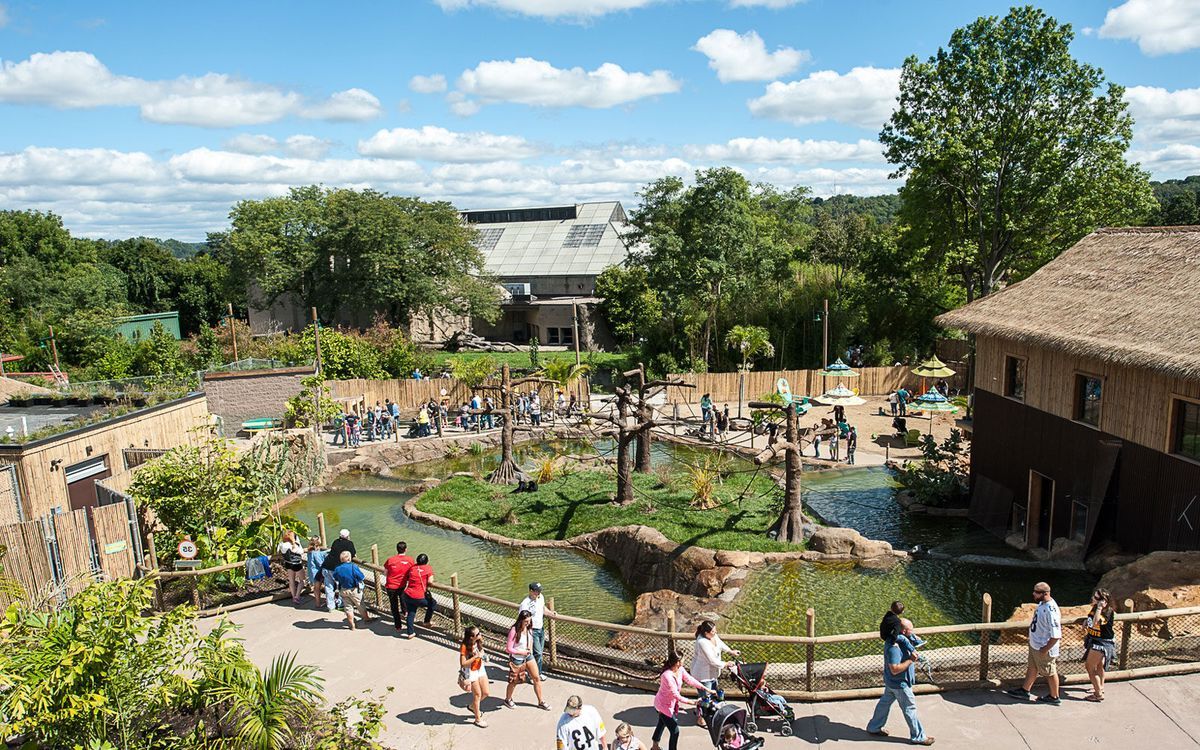
Did you know that the Ramree Island Massacre is considered one of the deadliest wildlife attacks in history? During World War II, in 1945, British and Japanese forces clashed on Ramree Island, located off the coast of Myanmar. As the battle raged, Japanese soldiers retreated into the island's mangrove swamps, unaware of the lurking danger. The swamps were home to thousands of saltwater crocodiles, which are known for their aggressive nature. Trapped and disoriented, many soldiers fell victim to these predators. This tragic event has since become a chilling reminder of nature's power. Let's dive into 35 gripping facts about this harrowing incident.
Ramree Island: A Historical Overview
Ramree Island, located off the coast of Myanmar, is infamous for a gruesome event during World War II. The island's dense mangrove swamps and treacherous terrain played a significant role in one of the most horrifying massacres in military history.
- Ramree Island is situated in the Bay of Bengal, part of Myanmar's Rakhine State.
- The island spans approximately 520 square miles, making it one of the largest islands in Myanmar.
- During World War II, Ramree Island was a strategic location for both Allied and Japanese forces.
The Battle of Ramree Island
The battle that took place on Ramree Island in 1945 was a pivotal moment in the Burma Campaign. This battle is remembered not just for its military significance but also for the terrifying events that followed.
- The Battle of Ramree Island began on January 14, 1945, and lasted for six weeks.
- British and Indian troops aimed to capture the island from the Japanese to secure a strategic airbase.
- Approximately 1,000 Japanese soldiers were stationed on the island during the battle.
The Infamous Massacre
The Ramree Island Massacre is one of the most chilling events of World War II. It involved the deaths of hundreds of Japanese soldiers in a gruesome manner.
- After losing the battle, around 1,000 Japanese soldiers retreated into the island's mangrove swamps.
- The swamps were infested with saltwater crocodiles, some of the largest and most dangerous reptiles in the world.
- These crocodiles can grow up to 23 feet in length and weigh over 2,000 pounds.
Nature's Deadly Role
The natural environment of Ramree Island played a crucial role in the massacre, turning the retreat into a nightmare for the Japanese soldiers.
- The mangrove swamps are known for their dense vegetation and murky waters.
- Saltwater crocodiles are apex predators, capable of taking down large prey with ease.
- The soldiers faced not only crocodiles but also malaria, dehydration, and starvation.
Eyewitness Accounts
Eyewitnesses and historical records provide a harrowing account of the events that unfolded in the swamps of Ramree Island.
- British soldiers reported hearing the screams of Japanese soldiers being attacked by crocodiles during the night.
- Naturalist Bruce Wright, who was present during the battle, documented the horrific events in his writings.
- Wright estimated that only about 20 Japanese soldiers survived the ordeal.
The Aftermath
The aftermath of the Ramree Island Massacre left a lasting impact on those who witnessed it and on military history.
- The British forces eventually secured Ramree Island, establishing a crucial airbase.
- The massacre is considered one of the deadliest crocodile attacks in history.
- The event has been recorded in the Guinness World Records as the "Most Number of Fatalities in a Crocodile Attack."
Ramree Island Today
Today, Ramree Island remains a place of historical significance and natural beauty, attracting both historians and nature enthusiasts.
- The island is home to diverse wildlife, including the infamous saltwater crocodiles.
- Efforts have been made to preserve the island's natural habitats and historical sites.
- Ramree Island serves as a reminder of the brutal realities of war and the power of nature.
Lesser-Known Facts
Beyond the well-known massacre, there are several lesser-known facts about Ramree Island that add to its intriguing history.
- The island was originally inhabited by the Rakhine people, an ethnic group native to Myanmar.
- Ramree Island has a tropical monsoon climate, with heavy rainfall during the monsoon season.
- The island's economy is primarily based on agriculture, fishing, and tourism.
Cultural Significance
Ramree Island holds cultural significance for the local population and has been the subject of various myths and legends.
- Local folklore includes tales of spirits and mythical creatures inhabiting the island's swamps.
- The island is known for its traditional Rakhine cuisine, which features seafood and rice dishes.
- Ramree Island hosts several cultural festivals throughout the year, celebrating its rich heritage.
Modern-Day Ramree Island
In recent years, Ramree Island has seen development and modernization, while still retaining its historical and natural charm.
- Infrastructure improvements have made the island more accessible to tourists.
- Eco-tourism initiatives aim to protect the island's unique ecosystems and wildlife.
- Ramree Island's historical sites, including World War II relics, attract history buffs from around the world.
Environmental Challenges
Despite its beauty, Ramree Island faces several environmental challenges that threaten its delicate ecosystems.
- Deforestation and habitat destruction pose significant risks to the island's wildlife.
- Climate change and rising sea levels could impact the island's coastal areas.
- Conservation efforts are underway to address these challenges and protect Ramree Island's natural heritage.
A Legacy of Survival
The story of Ramree Island is one of survival, both for its inhabitants and its wildlife, amidst the backdrop of historical events.
- The island's saltwater crocodiles continue to thrive, a testament to their adaptability and resilience.
- Ramree Island's history serves as a powerful reminder of the intersection between human conflict and nature's unforgiving power.
The Final Word on Ramree Island
Ramree Island's massacre remains one of the most chilling events in history. During World War II, British troops and Japanese soldiers clashed, but it wasn't just the battle that made headlines. The island's swampy terrain, teeming with saltwater crocodiles, turned into a deadly trap. Hundreds of Japanese soldiers met their end not by bullets but by the jaws of these predators. This gruesome event highlights the unpredictable dangers of nature, even in the midst of human conflict. While some debate the exact number of casualties, the horror of that night is undeniable. Ramree Island stands as a stark reminder of how war and nature can intertwine with devastating consequences. Remembering these facts ensures that such events are never forgotten.
Was this page helpful?
Our commitment to delivering trustworthy and engaging content is at the heart of what we do. Each fact on our site is contributed by real users like you, bringing a wealth of diverse insights and information. To ensure the highest standards of accuracy and reliability, our dedicated editors meticulously review each submission. This process guarantees that the facts we share are not only fascinating but also credible. Trust in our commitment to quality and authenticity as you explore and learn with us.


